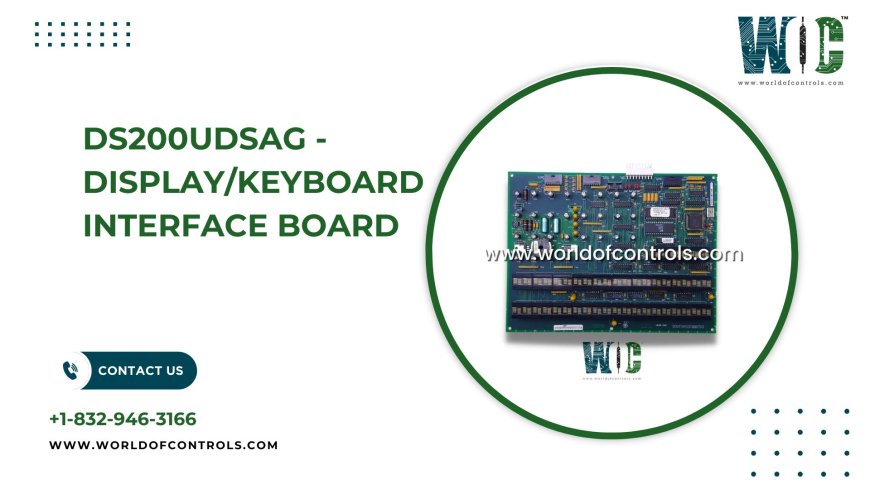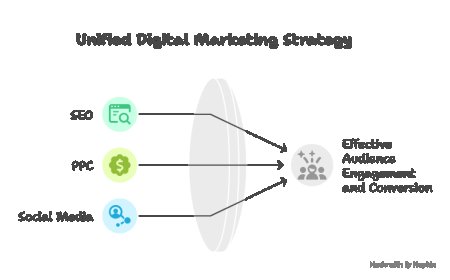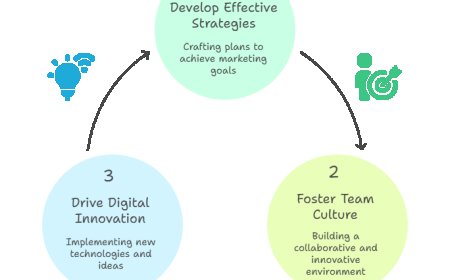How the GE EX2000 Display/Keyboard Interface Enhances System Control
Discover how the GE EX2000 Display/Keyboard Interface improves turbine control with real-time monitoring and efficient diagnostics

In modern power generation environments, the ability to monitor and manage turbine operations efficiently is critical. Among the many components that enable this control, the Display/Keyboard Interface in the GE EX2000 Excitation Control System plays a vital role. Designed as the central point of human interaction with the system, this interface ensures that operators can respond swiftly to changes, input commands, and maintain turbine health with confidence.
Overview of the GE EX2000 System
The GE EX2000 is a digital excitation control system used widely in both gas and steam turbines. Its primary role is to regulate generator excitation, which in turn stabilizes voltage output, improves system reliability, and maintains synchronization with the power grid.
Given the complexity and critical nature of turbine systems, operators must be able to interact with the controller easily and effectively. This is where the Display/Keyboard Interface becomes essential.
What is the Display/Keyboard Interface?
The Display/Keyboard Interface is a built-in Human-Machine Interface (HMI) designed specifically for real-time interaction with the excitation system. It typically features:
-
A digital or alphanumeric display screen
-
A tactile keypad or control panel
This interface enables operators to:
-
Monitor live system parameters (voltage, current, frequency, etc.)
-
Input commands and adjust settings
-
Navigate through diagnostic messages, alarms, and system menus
By giving real-time access to critical data and system controls, the interface allows quick decision-making and streamlined operations.
Core Functions of the Interface
The interface acts as both a command center and a feedback system. Heres how it supports control and communication within the EX2000 system:
1. User Input Processing
Operators can input commands directly using the keypadwhether to adjust voltage setpoints, switch modes, or access historical logs. These inputs are processed in real time by the control system, ensuring rapid implementation.
2. Data Visualization
System status, parameter values, alarms, and diagnostic codes are displayed clearly. The visual display enables continuous monitoring of performance metrics without the need for external devices or software.
3. Diagnostics and Alerts
When faults or anomalies occur, the interface displays warning messages or alarm codes, guiding operators toward the root cause. This reduces response time and improves fault resolution efficiency.
Enhancing System Control
The interface significantly improves control over the excitation system in several key areas:
Improved Visibility and Awareness
Operators can instantly view key operational data such as generator voltage, field current, system frequency, and control modes. This situational awareness is vital in fast-paced environments where timing matters.
Efficient Troubleshooting
Real-time alarms and fault logs help operators quickly identify problems. Diagnostic capabilities built into the interface eliminate the guesswork, allowing quicker maintenance and fewer errors.
Streamlined Configuration
Whether during commissioning, tuning, or daily operation, the interface provides a user-friendly way to modify parameters. This accessibility allows for more efficient setup and ongoing adjustments without complex tools.
Reduced Downtime
Fast access to system data and fault information means problems can be addressed immediately. This reduces turbine downtime, protects equipment, and minimizes financial loss.
Applications in the Turbine Industry
In the turbine and power generation industry, reliability and precision are non-negotiable. Whether in a gas-fired peaker plant or a large-scale steam turbine facility, control systems must provide operators with accurate, real-time insight.
The Display/Keyboard Interface in the EX2000 system allows technicians and engineers to:
-
Monitor generator health
-
Adjust system settings safely
-
React to alarms swiftly
Its importance grows in environments where grid compliance, operational safety, and equipment longevity depend on tight control over excitation parameters.
Conclusion
The Display/Keyboard Interface in the GE EX2000 system is more than just a convenienceits a vital part of turbine management. By enabling direct interaction with the control system, it empowers operators to maintain performance, diagnose issues quickly, and adapt to changing conditions with ease. As turbines continue to operate in demanding environments, intuitive and responsive control interfaces like this one are essential to keeping systems running safely and efficiently.
More Products



















